Advancements in Telecommunications
The Spintronics Market is benefiting from advancements in telecommunications, as the demand for faster and more reliable communication systems continues to rise. Spintronic technologies offer unique advantages, such as improved signal processing and reduced latency, which are essential for next-generation communication networks. The Spintronics Market is projected to reach USD 2 trillion by 2027, creating a substantial opportunity for spintronic innovations. As 5G and beyond become more prevalent, the integration of spintronic devices into communication infrastructure is likely to enhance network performance. This integration not only supports the growing demand for high-speed connectivity but also fosters the development of new applications in areas such as smart cities and autonomous vehicles. The synergy between telecommunications and spintronics is expected to drive significant growth in the industry.
Growing Interest in Magnetic Sensors
The Spintronics Market is witnessing a notable increase in the adoption of magnetic sensors across various applications. These sensors, which leverage the principles of spintronics, are essential in automotive, industrial, and consumer electronics sectors. The market for magnetic sensors is expected to grow at a compound annual growth rate of 10% over the next five years, reflecting their critical role in enhancing device functionality. As industries seek to improve automation and precision, the demand for high-performance magnetic sensors is likely to rise. Furthermore, advancements in sensor technology, such as miniaturization and improved sensitivity, are making spintronic sensors more appealing. This trend not only supports the growth of the spintronics market but also encourages innovation in sensor design and application.
Rising Demand for Advanced Electronics
The Spintronics Market is experiencing a surge in demand for advanced electronic devices, driven by the need for faster and more efficient technologies. As consumer electronics evolve, the integration of spintronic devices is becoming increasingly attractive due to their potential for enhanced performance. For instance, spintronic components can significantly reduce power consumption while improving data processing speeds. The market for these devices is projected to reach USD 1.5 billion by 2026, indicating a robust growth trajectory. This demand is further fueled by the proliferation of smart devices and the Internet of Things, which require innovative solutions to manage data effectively. Consequently, manufacturers are investing in research and development to harness the unique properties of spintronics, thereby propelling the industry forward.
Emergence of Data-Intensive Applications
The Spintronics Market is being propelled by the emergence of data-intensive applications that require efficient data processing and storage solutions. With the exponential growth of data generation, traditional electronic components are often inadequate to meet the demands of modern applications. Spintronic devices, known for their speed and energy efficiency, are increasingly being considered as viable alternatives. The market for spintronic memory, for instance, is projected to grow significantly, driven by the need for faster data access and lower power consumption. As industries such as artificial intelligence and big data analytics expand, the reliance on spintronic technologies is likely to increase. This trend not only enhances the performance of data-driven applications but also positions the spintronics market as a key player in the future of electronics.
Increased Investment in Research and Development
Investment in research and development within the Spintronics Market is on the rise, as stakeholders recognize the potential of spintronic technologies. Governments and private entities are allocating substantial resources to explore new applications and improve existing technologies. For example, funding for spintronics research has increased by approximately 15% in the last year, highlighting the growing interest in this field. This influx of capital is expected to accelerate the development of novel spintronic devices, such as memory storage solutions and quantum computing components. As researchers continue to uncover the capabilities of spintronics, the industry is likely to expand, leading to innovative products that could revolutionize electronics and computing. The emphasis on R&D is crucial for maintaining competitiveness in a rapidly evolving technological landscape.
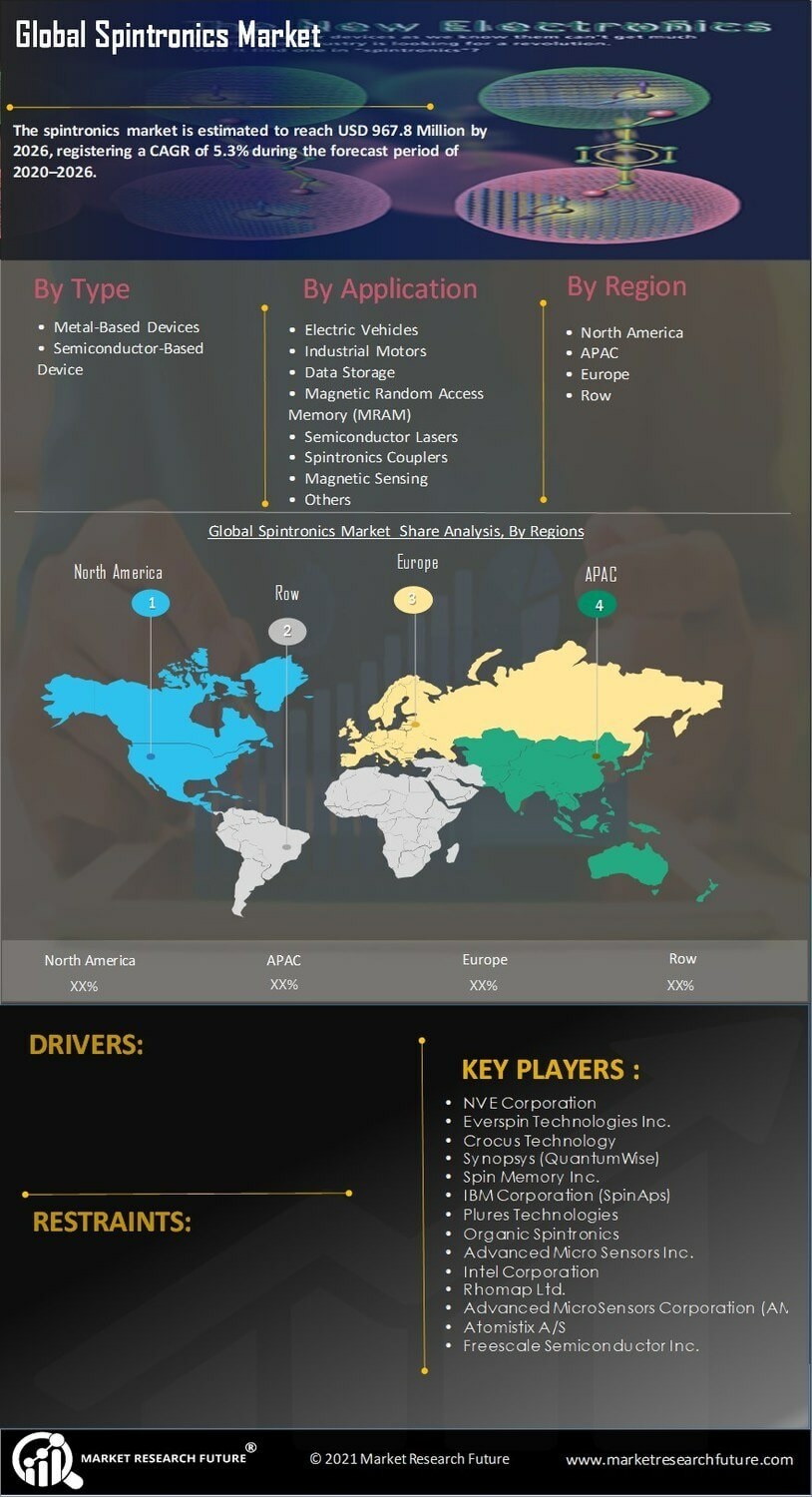
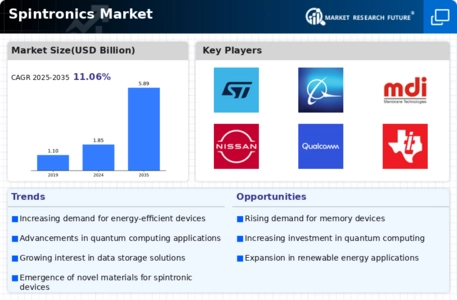
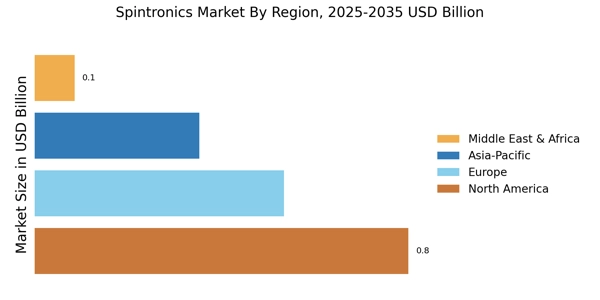

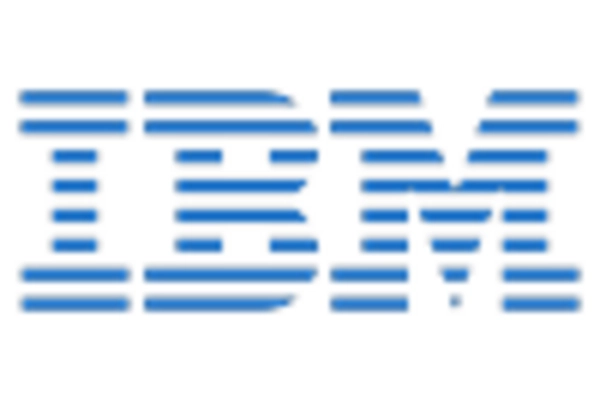
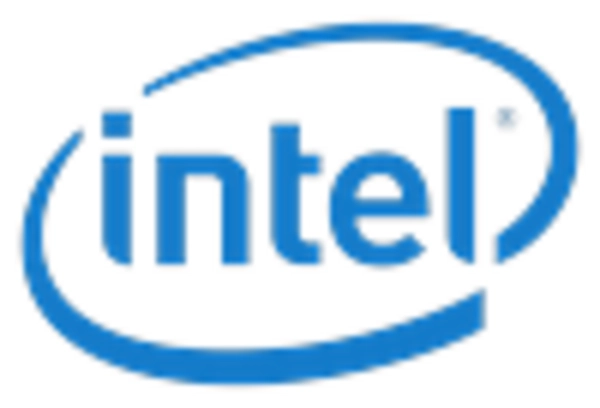
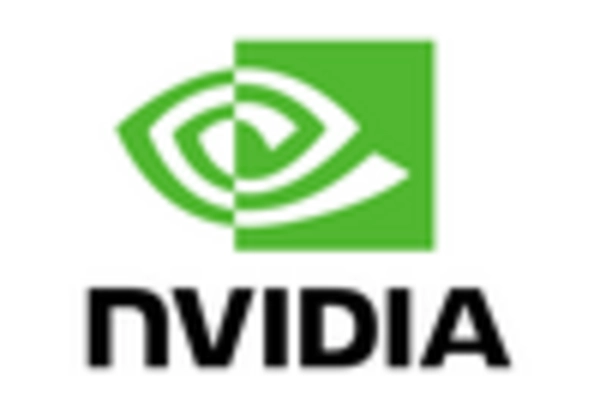
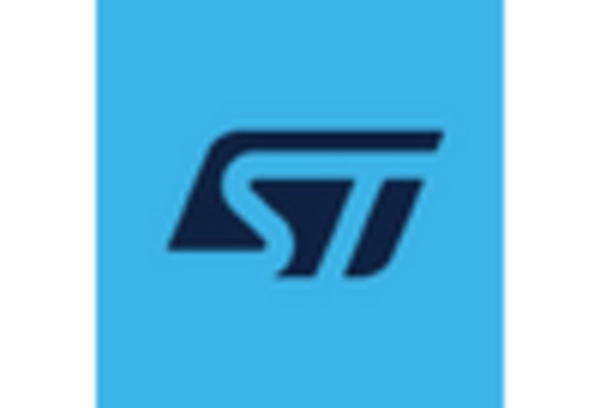
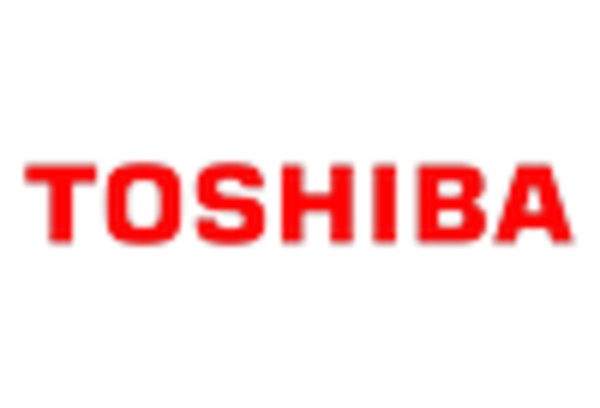








Leave a Comment